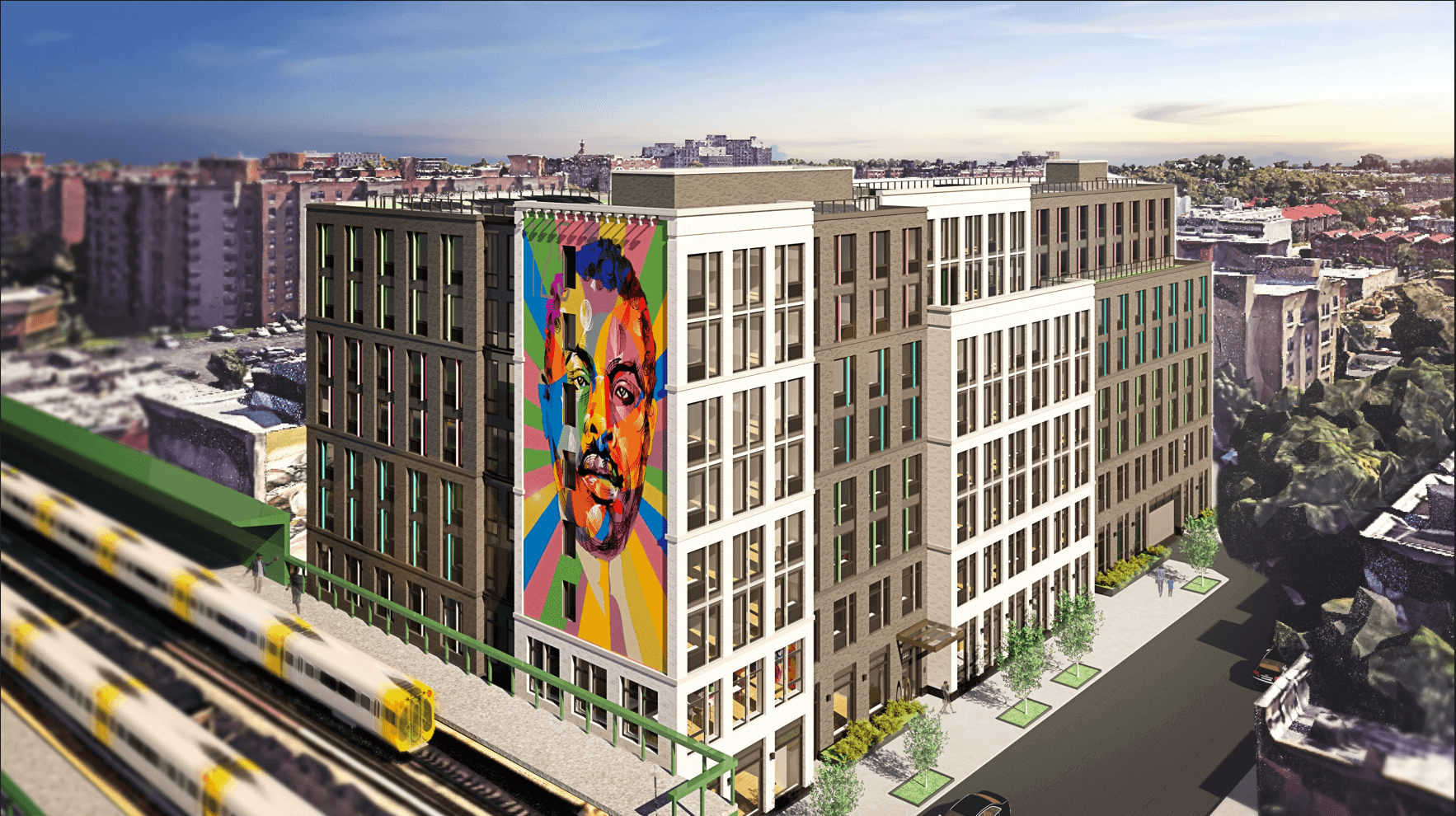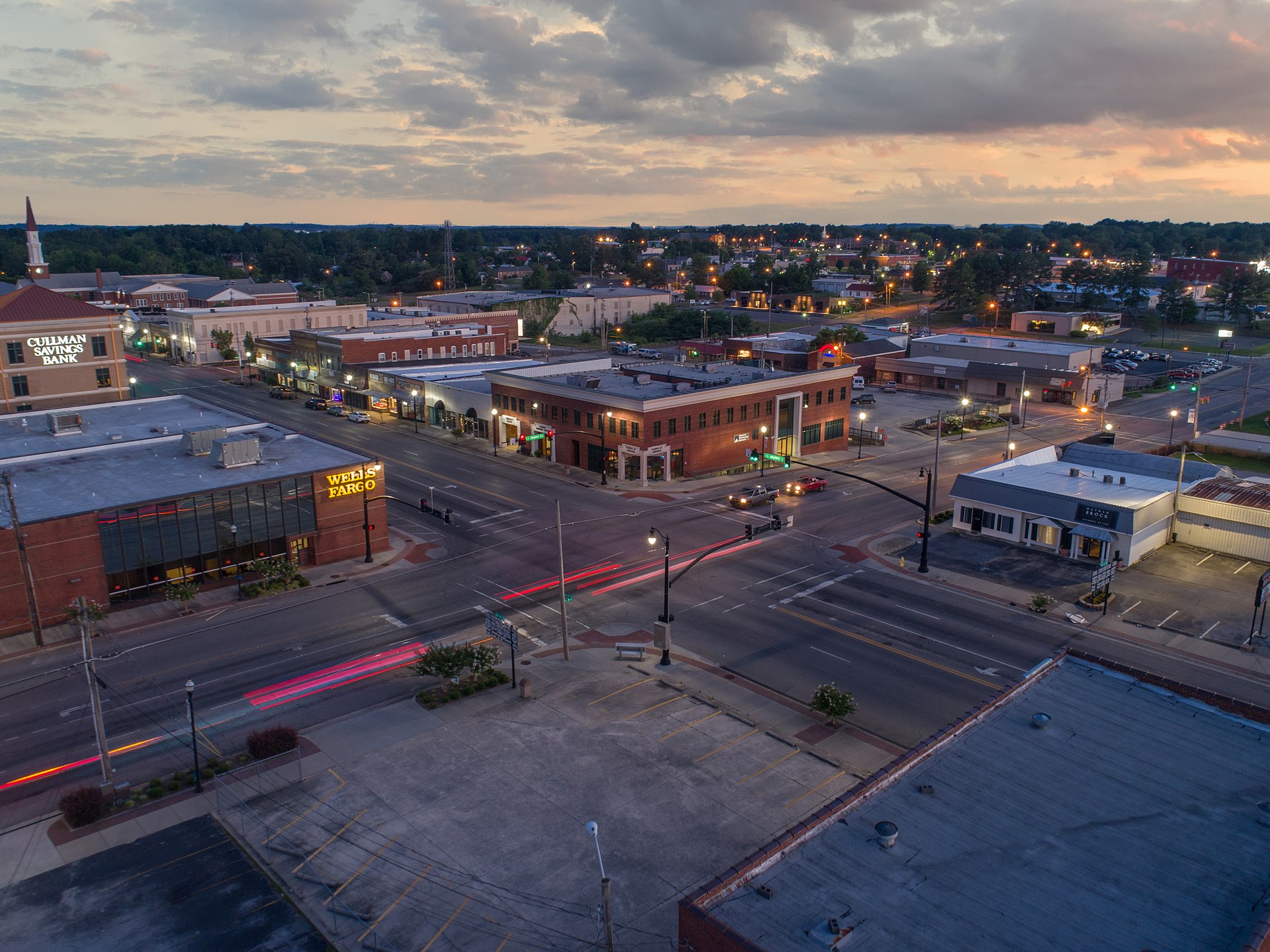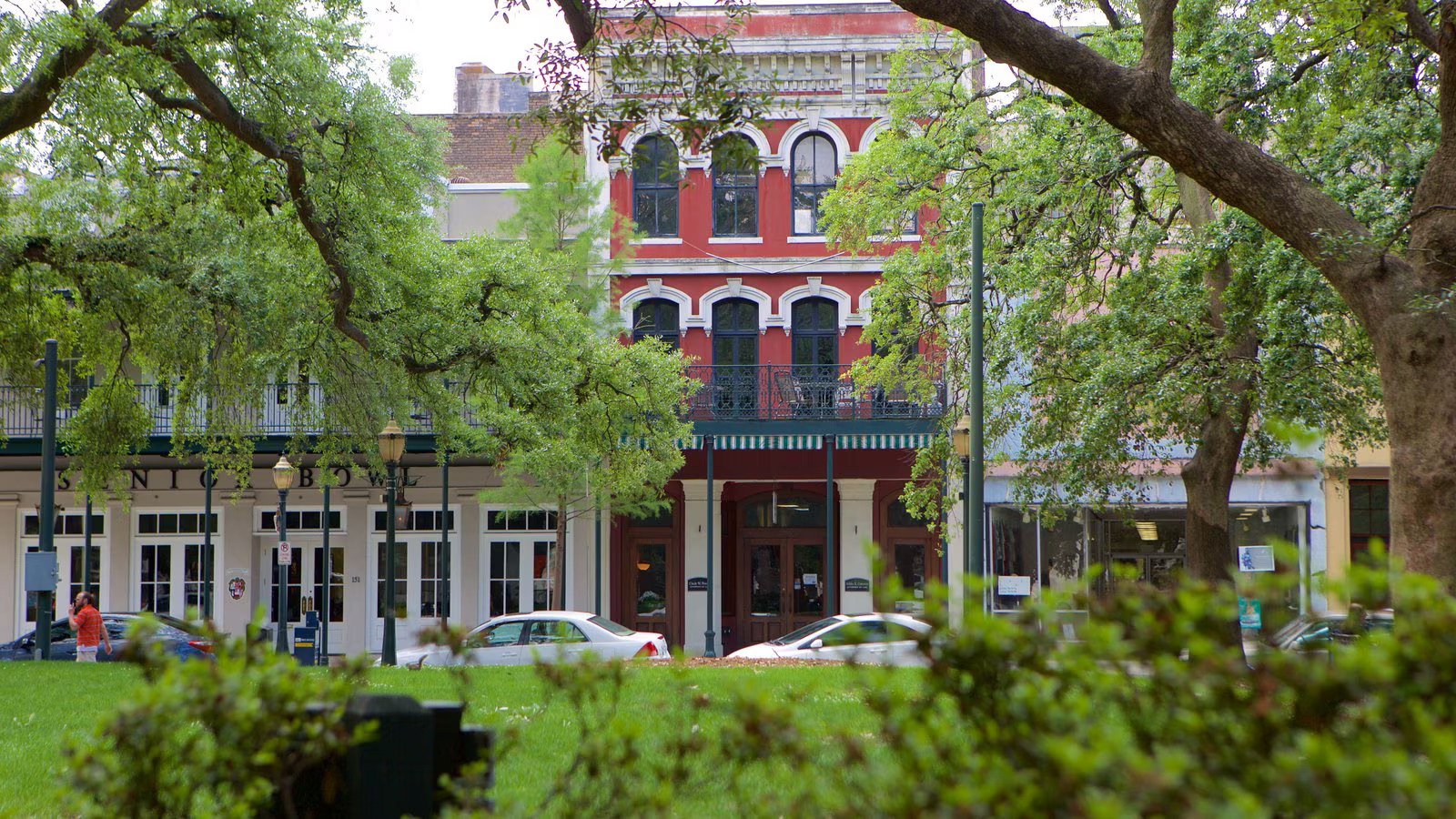TUSCALOOSA, Ala. — For the second consecutive monthly rent increases across the country fell in August, according to recent findings in the Waller, Weeks and Johnson Index.
While residents in most states are feeling a bit of relief, Alabamians are not as 10 of the 11 metro areas in the Yellowhammer state saw the year-over-year rent increase above the national average of 3.36%.
“(In Alabama), it’s the inverse of what is going on across the country,” Dr. Bennie Waller, the William Cary Hulsey Faculty Fellow in the UA Culverhouse College of Business and a research associate with the Alabama Center for Real Estate (ACRE) said. “Rents are still growing across the U.S., but you can see it’s on a steady decline, which is good. However, if you look at places like Tuscaloosa, it’s still more than double the national average.”
Spurred on by a 1.38% rent increase from July, Tuscaloosa had a yearly markup of 7.44% according to the data. Waller said the seasonal increase is likely caused by student housing as lease terms begin in August.
“It’s all demand,” Waller said. “Parents are always going to want to give their college student the very best they can. When they want the nice apartment that’s close to campus, they’re willing to pay a premium for it.”
As a result, the monthly rise has also driven up the income needed to avoid being rent-burdened. According to the index, consumers are considered rent-burdened when they spend 30% or more of their incomes on rent, lessening the ability to pay for other necessities. In Tuscaloosa, residents will need to make at least $60,195 to avoid being classified as rent-burdened.
Waller and fellow researchers Dr. Ken H. Johnson, an economist in FAU’s College of Business, and Dr. Shelton Weeks, the Lucas Professor of Real Estate at Florida Gulf Coast, recently added the rent-burdened metric to their monthly analysis of the most overvalued U.S. rental markets. They use leasing data from Zillow’s Observed Rental Index to determine existing rents and statistically model historical trends from 2014. Income information is taken from the Wisevoter project.
“In Birmingham and Tuscaloosa, rates have fallen but stubbornly,” Waller said. “In comparison, eight months ago in New York, it went from 8% to fractionally above the national average of 3.36%.”
Waller noted the falling rent increases correlate with The Federal Reserve System’s decision to not raise interest rates during its September meeting. With rates staying elevated with a possibility of another increase before the end of the year, Waller believes demand to rent will continue to rise.
“As a result of that, I think rents are gonna stay elevated because there’s going to be a higher demand for rental places than there are for purchasing, because people are just not qualifying,” Waller said. “They just don’t have the financial statements to qualify for a 2000-square-foot home.”
Complete interactive data for both the U.S. and Alabama can be found on the ACRE Website.





